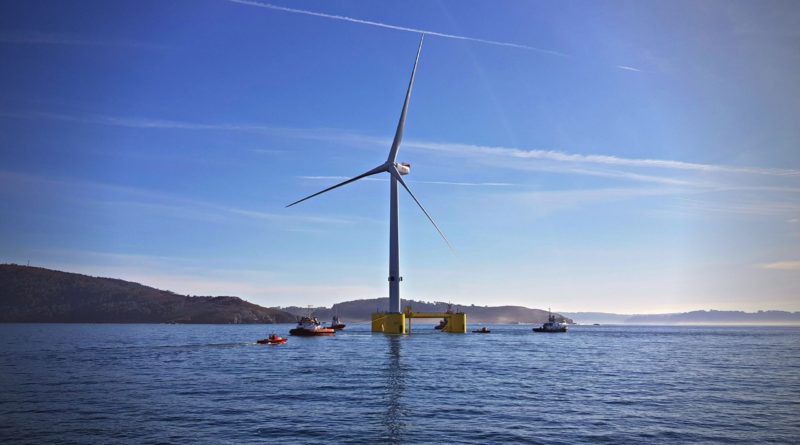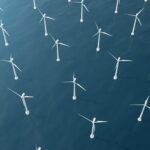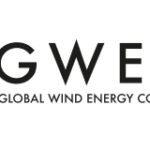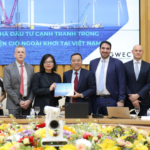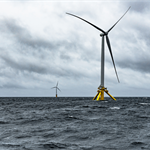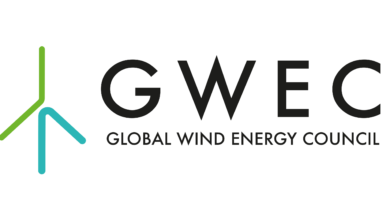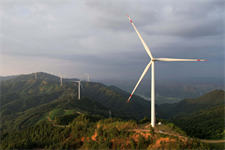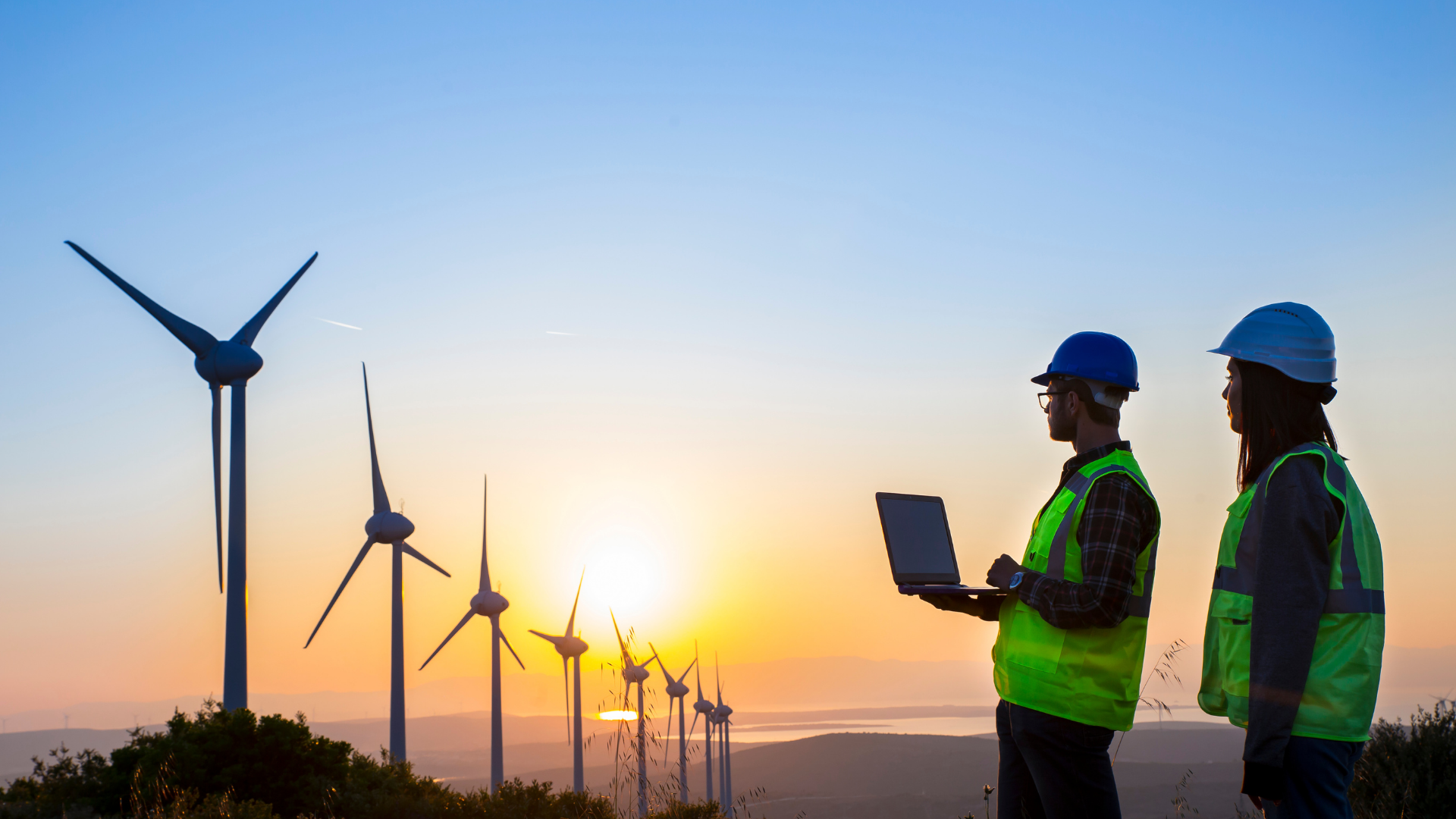Report outlines enormous potential for floating offshore wind in energy transition
Energy Disrupter

The report: A set of criteria to assess market potential and readiness across over 100 countries was developed. From this longlist an initial shortlist of 30 countries was identified which all had strong potential. A final five were identified and market snapshots produced.
These snapshots provide information on market conditions and help chart a pathway to the successful growth of floating offshore wind.
Floating offshore wind is now at the start of its commercialisation. Success in the countries engaged in floating offshore wind already will see rapid cost reduction, meaning that floating offshore wind will be in reach of a second generation of countries.
Henrik Stiesdal, Chair of GWEC’s Floating Offshore Wind Task Force, said: “Floating offshore wind is at an exciting point in its journey. Having proven the technology, we need to accelerate delivery, and this means working with countries new to offshore wind.
“Floating offshore wind can bring low carbon electricity and economic opportunities. This report identifies five countries around the globe that could move rapidly to become floating offshore wind leaders. But it also shows that with the right policies floating offshore wind can have lift-off in many countries across the globe.”
Ben Backwell, GWEC CEO, said “Offshore wind is a vital tool in global action to decarbonise. While the focus of this decade is rapid growth of fixed offshore wind, we also need to see political leadership so that large scale floating offshore wind is ready to play its part in the 2030s and beyond.
“As countries look to grow their renewable capacity in order to reduce their reliance on fossil fuels, it is crucial that embracing new technologies is part of their roadmap. This is key to ensuring the potential for renewable energy is fully exploited.
“This important report highlights the conditions that are needed and how GWEC can support these countries to grow and become floating offshore wind leaders.”
Joe Nai, General Manager Asia Offshore Wind and Shell representative to GWEC Offshore Wind Task Force, said: “As floating wind technologies mature it is critical that governments create policies to enable the rapid roll out of new projects in support of global net zero emissions targets. Alongside bottom-fixed offshore wind, solar and hydrogen, floating offshore wind has an opportunity to play a major part in the world’s future energy mix. This report helps to identify the policies that will provide the platform for success.”
Scott Urquhart, Managing Director, Aegir Insights, said: “Our work with GWEC shows what conditions need to be in place for floating offshore wind to flourish and which countries could create a chasing pack of second generation floating offshore wind markets, if the right political leadership is in place.”
The five countries profiled have a combined floating offshore wind technical potential of 3861GW, equivalent to between 2.6 times – for Italy – and an astonishing 69 times – for Ireland – their current electricity demand.”
Ireland‘s highly ambitious government plans, coupled with favourable site conditions make for an attractive floating offshore wind market, provided that the transmission grid and port infrastructure is upgraded.
Italy, a commitment to net zero is driving the growth of wind power. A lack of space on land and the absence of sites suitable for fixed-bottom wind will drive a focus onto floating offshore wind.
Morocco, a great wind resource, a lack of access to fixed offshore wind, coupled with Government desire to meet green goals and increase energy security, mean high interest in floating offshore wind.
The Philippines, high economic growth is driving increased electricity demand. Floating offshore wind sites with good resources are located close to load centres and the Government has an ambitious agenda. However, tariffs and infrastructure could pose challenges.
USA (Pacific), lack of access to fixed offshore wind sites, coupled with high ambition from the state and federal governments all point to rapid growth of floating offshore wind. However, major grid investment will be required to support connection.

